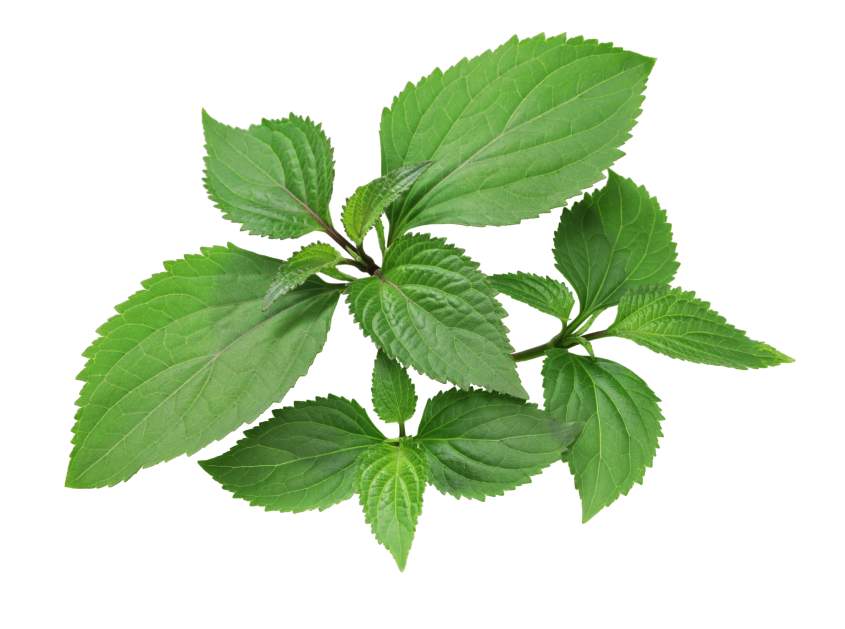Within the realm of fragrances, there are few scents that possess the enchantment and mystique of patchouli. Its opulent, earthy aroma has traversed through time and diverse cultures, creating a tapestry woven with history and tradition. In this article, we set forth on a journey to unveil the mysteries behind the captivating essence of patchouli incense, diving into its origins, cultural importance, and the craftsmanship that renders it a timeless aromatic masterpiece.
1. The Roots of Patchouli: Origins and History
Patchouli, originating from the Tamil word “paccilai,” signifying green leaf, traces its roots to Southeast Asia, notably in countries like Indonesia and the Philippines and even in parts of North East India. The patchouli plant, scientifically known as Pogostemon cablin, belongs to the mint family and is known for its unique fragrance. Throughout history, patchouli leaves were utilized to impart scent to fabrics, safeguarding them from moths during transportation, thus establishing its association with textiles.
The incorporation of patchouli in incense has a centuries-old history, rooted in ancient Asian and Middle Eastern cultures. Merchants traversing the renowned Silk Road transported goods infused with patchouli, disseminating its fragrance to far-flung regions and sparking a worldwide fascination with its exotic scent.
2. Composition of Patchouli Incense
The enchantment of patchouli incense comes from its intricate blend of essential oils derived from the leaves of the patchouli plant. The distinctive mix of terpenes, sesquiterpenes, and other aromatic compounds produces a harmonious scent, characterized by both earthy and sweet notes, accompanied by subtle hints of spice and musk.
To fully grasp the richness of patchouli’s fragrance, it’s essential to comprehend the cultivation and extraction procedures. Flourishing in warm climates, the patchouli plant undergoes a meticulous process wherein its leaves are meticulously harvested, dried, and subjected to steam distillation to extract the precious essential oil. This careful method preserves the integrity of the fragrance, guaranteeing that the end product maintains the genuine essence of patchouli.
3. Patchouli Across Cultures: Symbolism and Tradition
Patchouli incense transcends being just a fragrance; it is a symbol deeply ingrained in diverse cultural and spiritual traditions. Many Asian cultures link patchouli with prosperity and abundance, making it a favored incense choice during festivals and celebrations. Meanwhile, in the Middle East, the musky notes of patchouli are frequently employed in perfumery and incense, symbolizing sensuality and luxury.
In the 1960s and 1970s, patchouli emerged as an emblem of the counterculture movement in Western societies. Its earthy fragrance wafting through the air at music festivals and gatherings turned patchouli into a symbol of peace, love, and rebellion. Even in the present day, it continues to evoke a sense of nostalgia for those who encountered the transformative influence of its scent during that era.
4. Aromatherapy and Beyond: The Healing Power of Patchouli
Apart from its cultural and historical importance, patchouli incense is celebrated for its therapeutic attributes. In aromatherapy, the aroma of patchouli is thought to have grounding and balancing effects on the mind and body. It is frequently employed to alleviate stress, anxiety, and foster a sense of calm.
Patchouli oil’s anti-inflammatory and antifungal qualities have positioned it as a valuable component in natural skincare items. Whether integrated into massage oils or bath salts, patchouli’s versatile characteristics extend its positive effects to various aspects of holistic well-being.
5. The Artistry of Patchouli Incense: Crafting a Sensorial Experience
Producing top-notch patchouli incense demands a meticulous blend of art and science. Incense artisans skillfully combine patchouli essential oil with complementary fragrances to craft a harmonious bouquet that unfolds as the incense burns. The selection of base materials, whether bamboo or sandalwood, contributes to the depth of the olfactory experience.
As the incense burns, emitting fragrant smoke gradually, it establishes an immersive atmosphere that encourages introspection and contemplation. Whether employed in meditation, rituals, or merely to elevate the ambiance of a space, patchouli incense possesses a transformative quality that goes beyond the ordinary.
6. Embracing the Patchouli Mystique: Incorporating It into Daily Life
As we navigate through the contemporary world, the enduring allure of patchouli incense remains captivating. Whether one is in search of a moment of tranquility amidst a bustling urban setting or looking to infuse a home with a hint of exotic charm, patchouli incense provides a sensory escape.
Contemplate integrating patchouli incense into your daily regimen by establishing a dedicated space for reflection and relaxation. Spending a few moments in the presence of its aroma can serve as a potent antidote to the stresses of everyday life. Explore various blends and styles to discover the ideal manifestation of the patchouli mystique that aligns with your sensory preferences.
Conclusion: A Fragrant Tapestry Unveiled
In summary, the scent of patchouli incense is a fragrant tapestry interwoven with threads of history, tradition, and sensory delight. From its ancient origins in Southeast Asia to its iconic role in counterculture movements, the mystique of patchouli persists through the ages.
As we unravel the intricate layers of patchouli’s aromatic complexity, we encounter more than just a fragrance – it becomes a cultural bridge linking us to the past and enhancing our present. Whether you are attracted to its earthy notes for their grounding qualities or simply admire the artistry involved in its crafting, patchouli incense beckons us to delve into the nuances of scent and embrace the mystique that lingers in every fragrant wisp of smoke.



